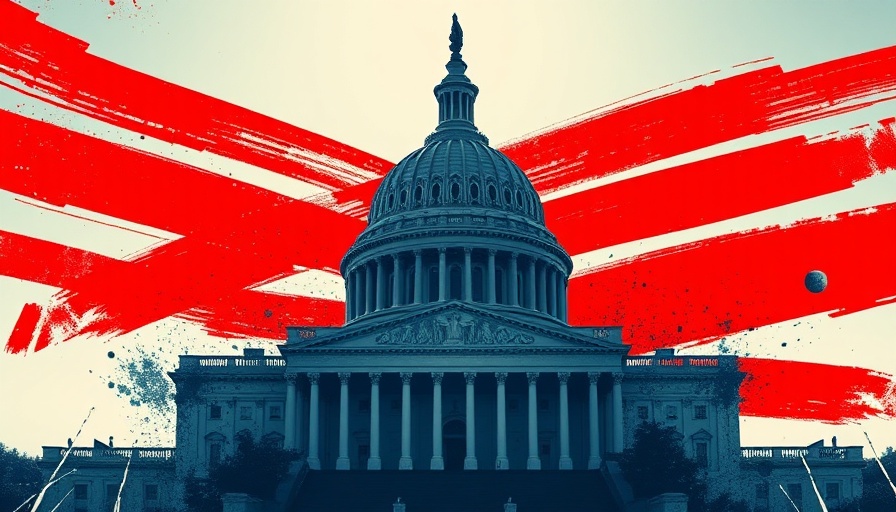
The Future of AI Safety Hangs in the Balance
The U.S. AI Safety Institute (AISI) finds itself at a precarious crossroads, with reports suggesting substantial layoffs could decimate its ranks. According to a recent Axios report, the National Institute of Standards and Technology (NIST) plans to cut approximately 500 positions from AISI and its associated initiative, Chips for America. These impending layoffs threaten to undermine the effectiveness of an organization already struggling to establish itself as a pivotal player in setting AI safety standards and managing associated risks.
AISI was born out of an executive order issued by President Biden in 2022, aimed at proactively addressing the burgeoning concerns surrounding AI technologies. However, with the recent political shift upon President Trump's return to office, the executive order was quickly revoked, leading to instability at AISI. The director of AISI resigned earlier this month, amplifying concerns over the organization’s viability.
Implications of the Cuts: A Risk for AI Regulation
The implications of these layoffs extend beyond simply staffing numbers; they pose significant risks to national security and public safety. Jason Green-Lowe, director of the Center for AI Policy (CAIP), voiced his concerns, stating, "Throwing them out of the government deprives us of the eyes and ears we need to identify when AI is likely to trigger nuclear and biological risks." This sentiment is echoed across AI policy communities, which recognize that a void in expertise could lead to dire consequences, especially as AI technologies become ever more advanced.
Political Motivations Behind the Cuts
Beyond the immediate impact on AI safety research and regulation, these cuts highlight a larger narrative regarding political priorities surrounding technology in the U.S. Since taking office, the Trump administration has emphasized a dominant stance on AI development, seemingly prioritizing technological supremacy over necessary safety regulations. This shift has raised alarms amongst observers who stress the need for robust safety frameworks, especially in the face of AI’s potential to revolutionize industries and society.
Comparing Global AI Safety Initiatives
In recent years, various countries have formed robust AI regulations in response to the growing risks associated with the technology. For instance, the European Union has introduced the AI Act, a wide-ranging regulatory framework that aims to classify AI systems based on risk levels and enforce compliance. As the U.S. grapples with significant staff cuts at its only dedicated AI safety body, experts are concerned that the country may fall behind in establishing necessary safeguards in the technology landscape.
Community Response to Potential Layoffs
AI safety organizations are rallying against the expected layoffs, emphasizing the critical implications they would have on the nation’s capacity to assess and manage the risks posed by artificial intelligence. The call for maintaining a workforce well-versed in AI safety principles reflects a growing consensus that the expertise embodied within AISI is irreplaceable. Grassroots movements within the tech and policy sectors are advocating for governmental re-evaluation of priorities surrounding AI regulation, emphasizing the need for measured, informed discussions regarding AI's broader societal implications.
Outlook: Strengthening or Weakening AI Oversight?
The future of the U.S. AI Safety Institute hangs in the balance. Depending on the administration’s next steps, there emerges a crucial opportunity to refocus on essential oversight capabilities to foster a safer AI ecosystem. If these anticipated cuts go through, the potential backlash could fuel calls for stronger regulatory measures and a reconsideration of the importance of AI safety organizations in shaping national policy.
As the landscape of artificial intelligence continues to evolve, the need for comprehensive safety frameworks has never been more urgent. The upcoming decisions made regarding AISI may ultimately define America's trajectory in AI technology regulation, either reinforcing the need for oversight or allowing unchecked growth of potentially hazardous technologies.
 Add Row
Add Row  Add
Add 




Write A Comment